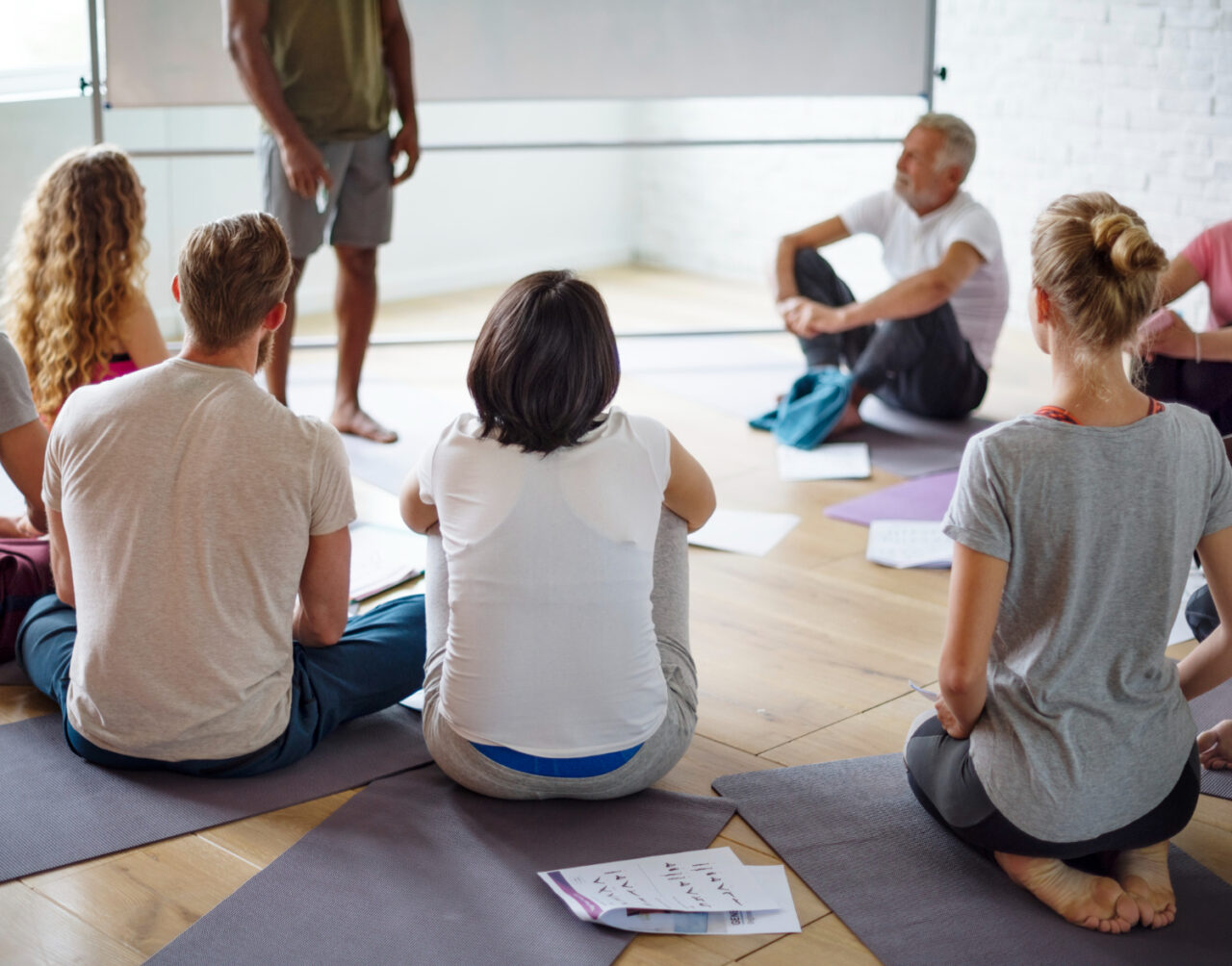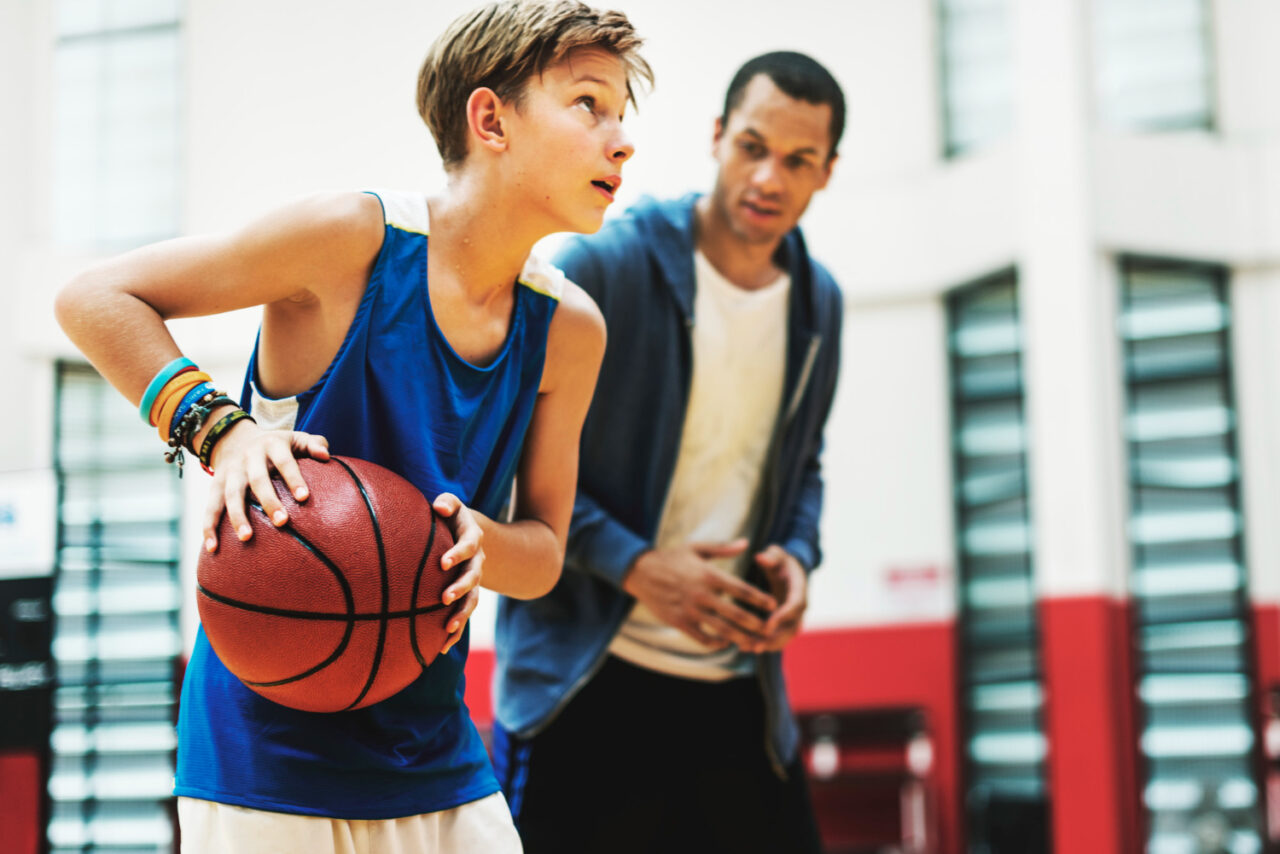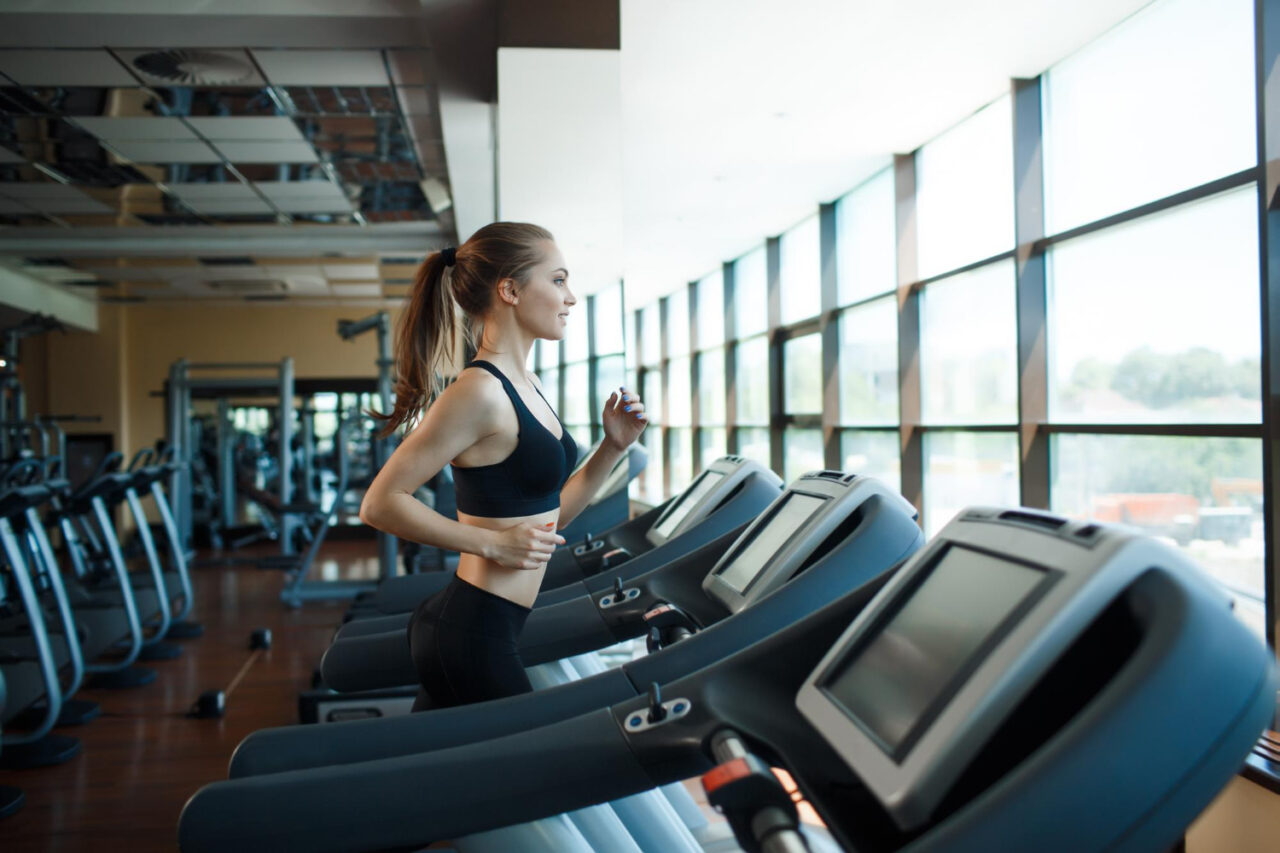Joining group classes is a fantastic way to stay active and motivated. Group settings offer unique benefits to help you stick with your fitness journey. The energy and enthusiasm of a group can be contagious, encouraging you to push harder and keep showing up for each session.
Whether you are a fitness newbie or looking to add variety to your routine, group classes offer something for everyone. From the support you find in others to the structured workout plans, sticking with group classes can be enjoyable and beneficial for your overall well-being. As you delve into group fitness, you’ll discover how much more achievable your goals can become with a little help from friends and instructors.
Understanding the Benefits of Group Classes
Group classes offer a unique and exciting way to stay committed to your fitness goals. They create a motivating environment that encourages participation and commitment. When you work out in a group, the energy is contagious, often driving you to push harder than you would. This shared enthusiasm can make classes not just a workout session but a fun and engaging part of your routine.
Beyond motivation, group classes offer many physical benefits. They provide a structured workout led by an instructor, ensuring you perform exercises correctly, which helps prevent injuries. Classes often incorporate a mix of cardio, strength, and flexibility exercises, giving you a well-rounded workout in each session. This variety helps improve overall fitness and keeps things interesting.
Group classes are a great way to meet new people socially. Exercising with others creates a sense of community and camaraderie. You become part of a group working towards similar fitness goals, and this sense of belonging can boost your commitment. Knowing others are expecting you can serve as a powerful motivator to attend regularly. Group classes combine effective workouts with social interaction, making them valuable to any fitness routine.
Setting Achievable Goals
Setting achievable goals is crucial for maintaining engagement in group classes. Measuring progress or staying motivated can be challenging without clear, realistic targets. Start by identifying what you want to accomplish with your fitness journey. Goals give your workout purpose and help track progress over time.
To maximize success, consider these strategies for setting and tracking goals:
Be Specific
Clearly define what you want to achieve, such as improving stamina or increasing strength. Specific goals are easier to track and evaluate.
Set Short-Term and Long-Term Goals
Short-term goals like attending three classes per week can keep you motivated. Long-term goals, such as losing a specific amount of weight, provide direction and sustained focus.
Make Goals Measurable
Use concrete numbers or milestones. For example, aim to hold a plank for 30 seconds each month. This approach helps in tracking progress.
Track Progress
Keep a journal or use a fitness app to record your achievements. Seeing how far you’ve come can boost your confidence and motivation.
Setting achievable goals creates a roadmap for your fitness journey. Breaking goals into manageable steps makes the process less daunting and more rewarding. By regularly setting and reviewing goals, you maintain focus and drive throughout your group class experience.
Creating a Supportive Environment
Building a supportive environment is key to sticking with group classes. When you feel comfortable and supported, you’re more likely to attend regularly and enjoy the experience. Creating camaraderie with classmates and instructors fosters a positive atmosphere, making participating in group exercises enjoyable.
Here are some ways to build that supportive environment:
Introduce Yourself
Take the time to say hello to fellow participants and instructors before or after class. A simple introduction can break the ice and lead to new friendships.
Join Conversations
Engage in conversations during class breaks. Discussing shared goals or experiences can help strengthen bonds with classmates.
Participate Actively
Get involved by asking questions or offering encouragement to others. Active participation shows commitment and helps you feel more connected to the group.
Be Encouraging
Cheer on your classmates and celebrate each other’s milestones. Positive reinforcement can lift everyone’s spirits and motivate the entire group.
A supportive community encourages continuous participation and helps overcome any feelings of intimidation or awkwardness. With a strong network of classmates and instructors, you’ll find greater joy and commitment in your group classes.
Overcoming Common Barriers
Even with the best intentions, barriers can prevent regular attendance at group classes. Recognizing common obstacles and having strategies to overcome them sets you up for success.
Here are some hurdles people often face and how to tackle them:
Time Management
Busy schedules can make finding time for classes difficult. Plan ahead by scheduling classes like you would any important appointment. Consider early morning or late evening sessions to fit your routine.
Lack of Motivation
Motivation can waver over time. To keep it fresh, mix up class types or try new instructors to add variety to your routine.
Intimidation or Self-Consciousness
Sometimes, fear of judgment can hold you back. Remember, everyone started as a beginner, and group classes are supportive places. Focus on your progress and enjoy the journey.
Plateaus
If you feel stuck, try setting new goals or increasing the intensity of your workouts. This change can reignite your drive and keep you on track.
Tackling these barriers head-on with practical solutions enhances your commitment and helps maintain momentum. Addressing challenges before they become excuses ensures continuous growth in your fitness journey.
Staying Committed to Group Classes
Committing to group classes means investing in your health and well-being while enjoying a dynamic and social exercise environment. By understanding the numerous benefits, setting achievable goals, creating a supportive network, and overcoming common obstacles, you set yourself up for success.
At Raynham Athletic Club, you’ll find a welcoming community ready to support your fitness goals. Our wide range of group classes offers something for everyone, ensuring you have the support and variety needed to keep you engaged. Join our Raynham gym today and experience a fitness journey filled with friendship, encouragement, and growth. Transform your routine into a rewarding experience with Raynham Athletic Club.





